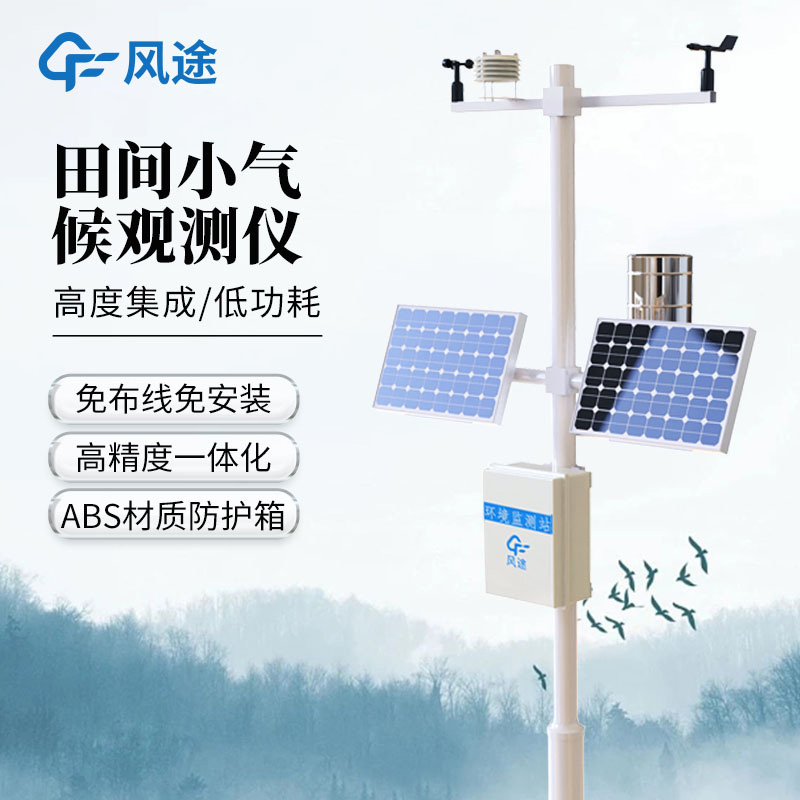Agricultural production is closely linked to meteorology. To meet the needs of modern agriculture, the construction of Agricultural Weather Stations is essential.
The construction goals are clear, which is to accurately and real-time monitor meteorological elements such as air temperature, humidity, sunlight, and soil temperature and humidity. With the help of wireless transmission, the data is quickly transmitted to the processing center and mobile terminals, facilitating farmers to obtain it. An analytical and warning model is constructed to predict meteorological disasters and issue early warnings, providing data support for agricultural scientific research, insurance, etc.
The construction content covers multiple aspects. In the selection of Agricultural Weather Stations, high-precision sensors such as ultrasonic wind speed and direction sensors and tipping bucket rain gauges are used and reasonably arranged in areas with good representativeness and uniformity. In terms of data transmission, 4G/5G technology is mainly used, supplemented by LoRa technology, to build a star network topology to ensure the safe and stable transmission of data. The data processing and analysis center is equipped with high-performance servers, storage devices and network equipment. Software for data receiving, storage, analysis and processing, and warning release is developed, as well as a service platform. The functional modules include meteorological information query and display, agricultural activity suggestions, disaster prevention and response, data sharing and exchange, etc., to meet the needs of different users.
The implementation steps are carried out in stages, from project planning and design, to equipment procurement, installation and commissioning, data center construction, service platform development and testing, and then to system integration, trial operation and acceptance and delivery. Each link is closely connected.
In terms of operation and maintenance management, a regular inspection and maintenance plan and a fault emergency plan for equipment are established to ensure the stability of the equipment. At the same time, strict data management is carried out, including quality control, backup and recovery, and standardized use and sharing. Attention is also paid to technological development to update and upgrade the system in a timely manner.
The investment budget includes the costs of monitoring equipment, transmission equipment, data center, service platform development, etc., which need to be planned and controlled reasonably. The construction of such a weather station has obvious benefits. In terms of economic benefits, it can reduce disaster losses, improve production efficiency and help agricultural insurance. In terms of social benefits, it can enhance farmers' awareness of meteorology and their farming skills, provide a basis for government decision-making, promote agricultural meteorological scientific research and talent cultivation, and promote agricultural modernization and rural sustainable development.

Article address:https://www.sqqx.net/en/news/450.html

 +86 15898932201
+86 15898932201



